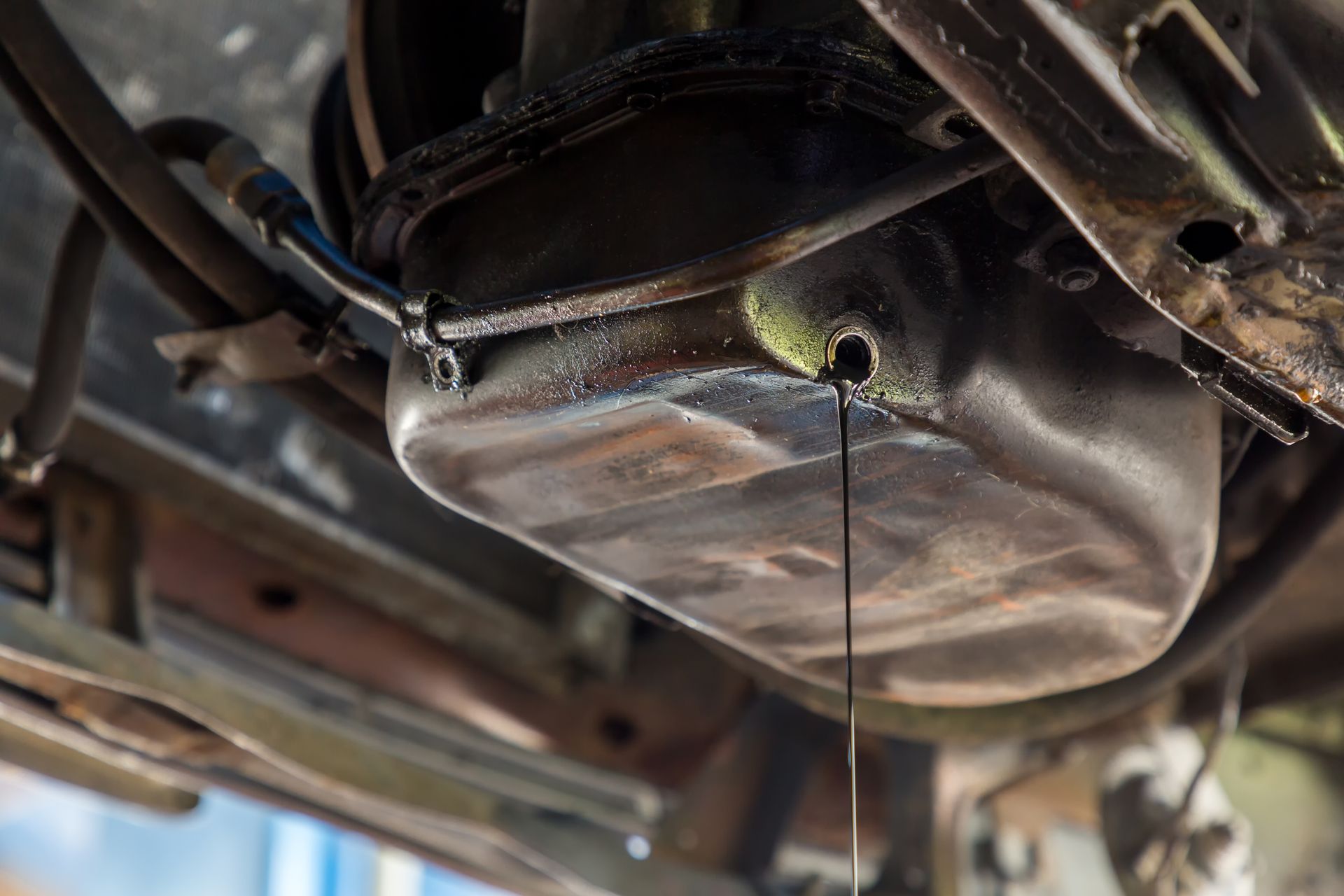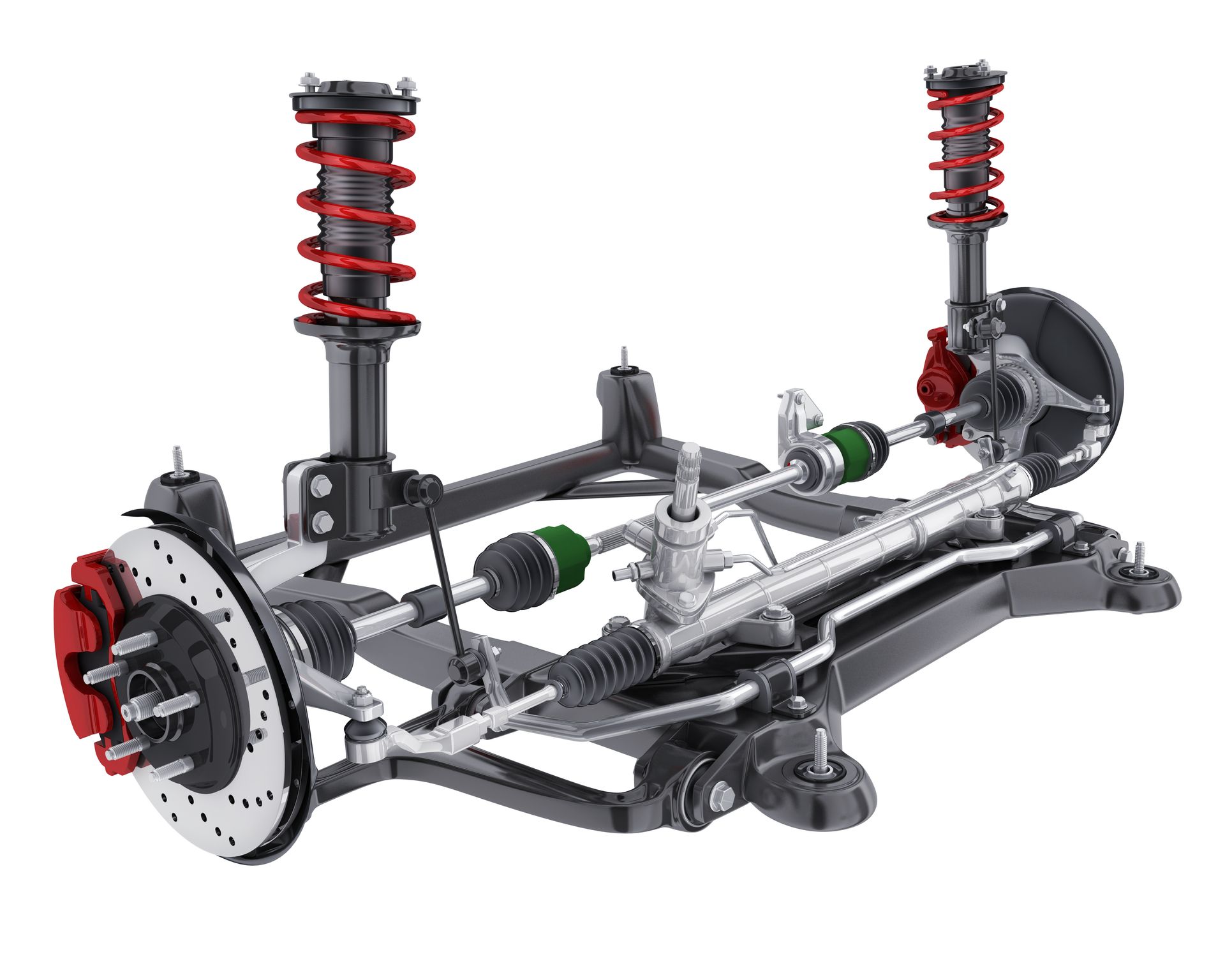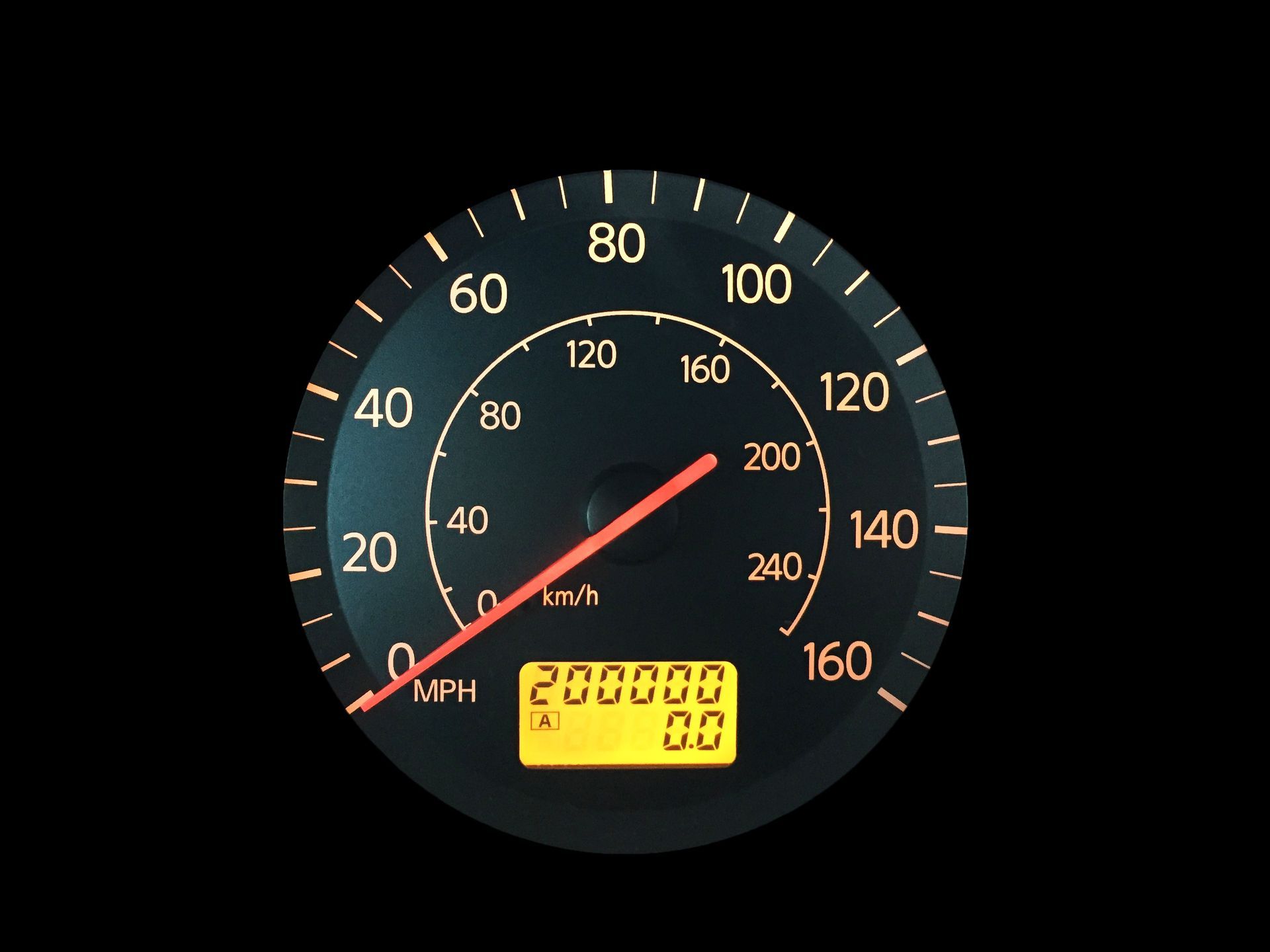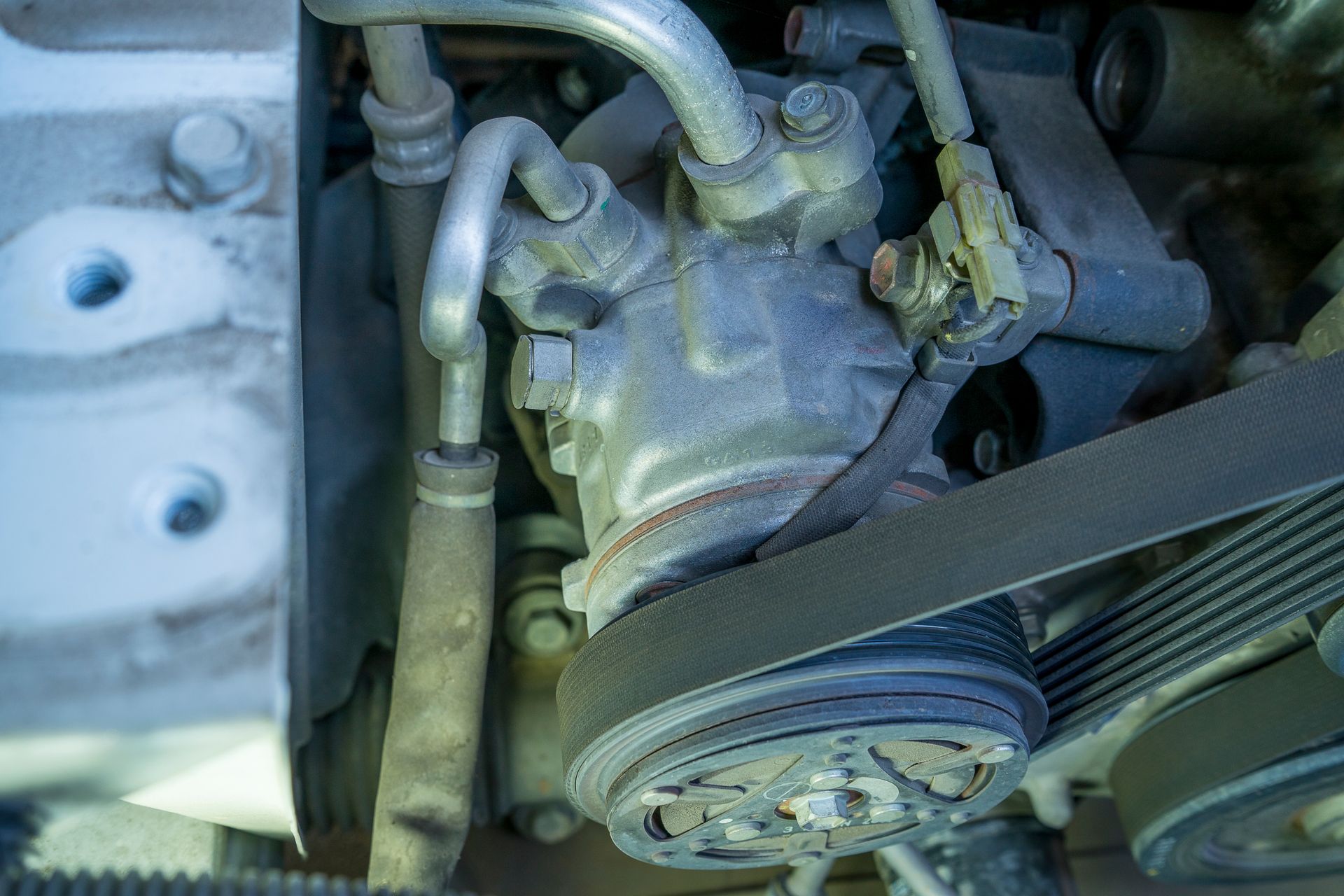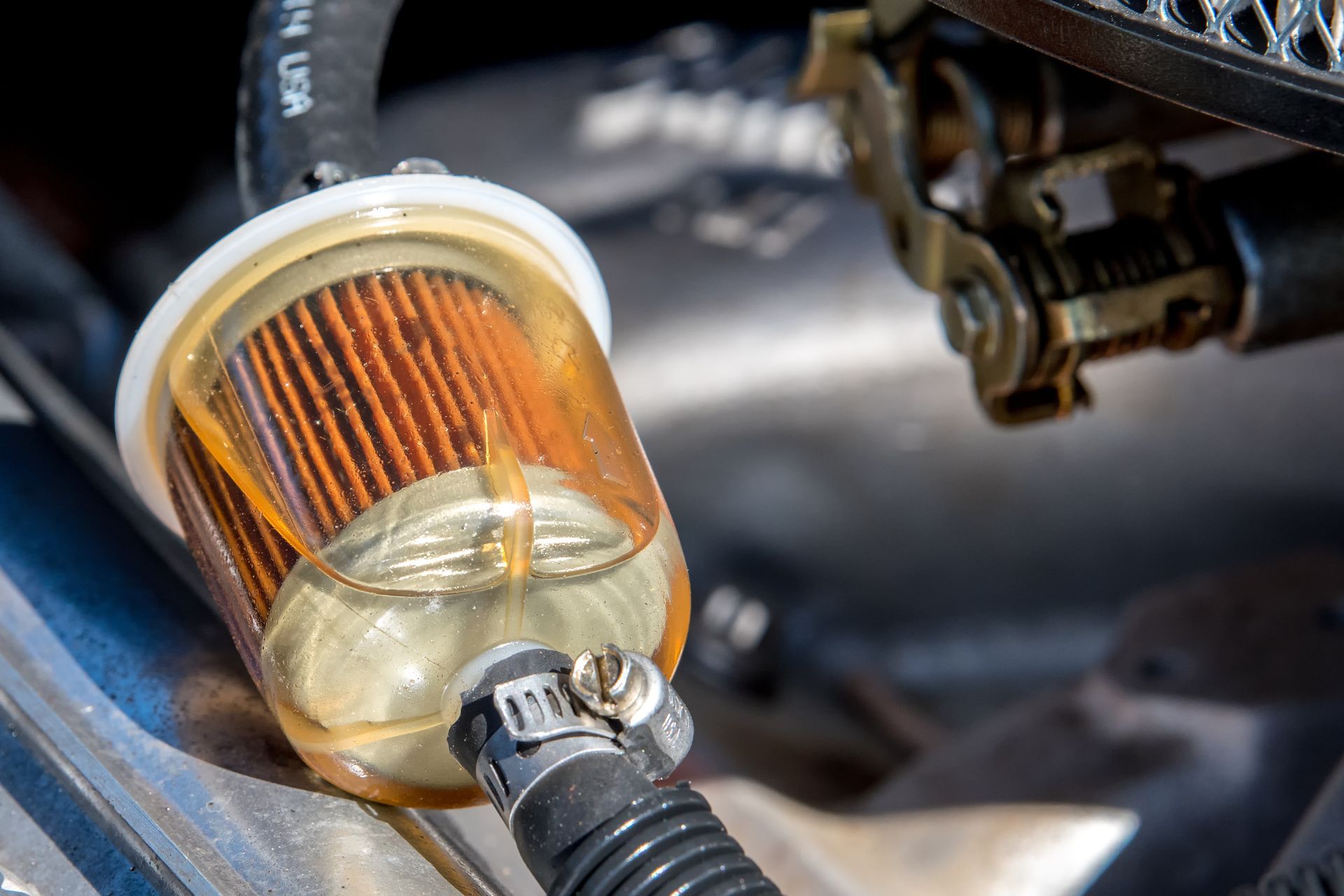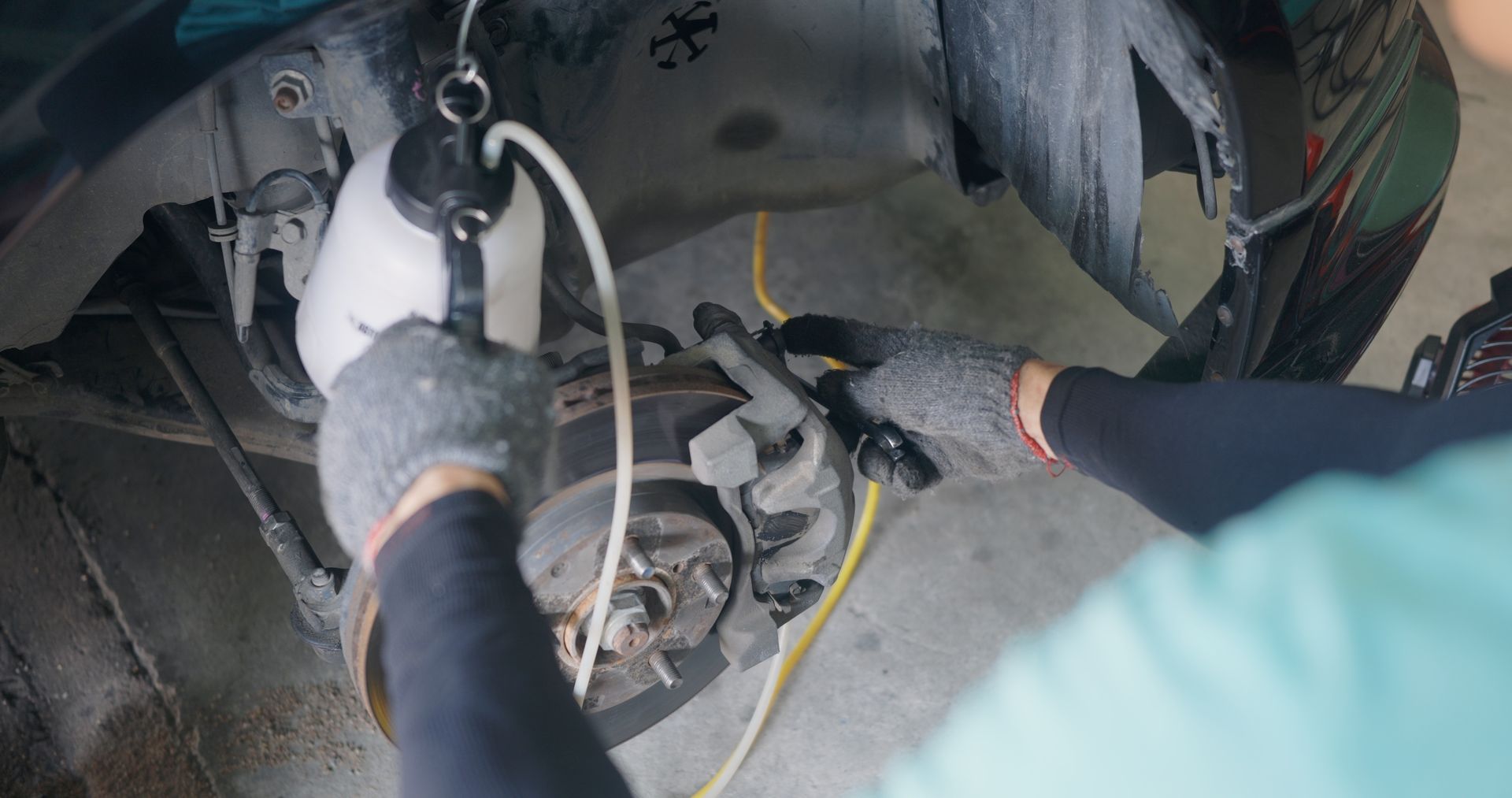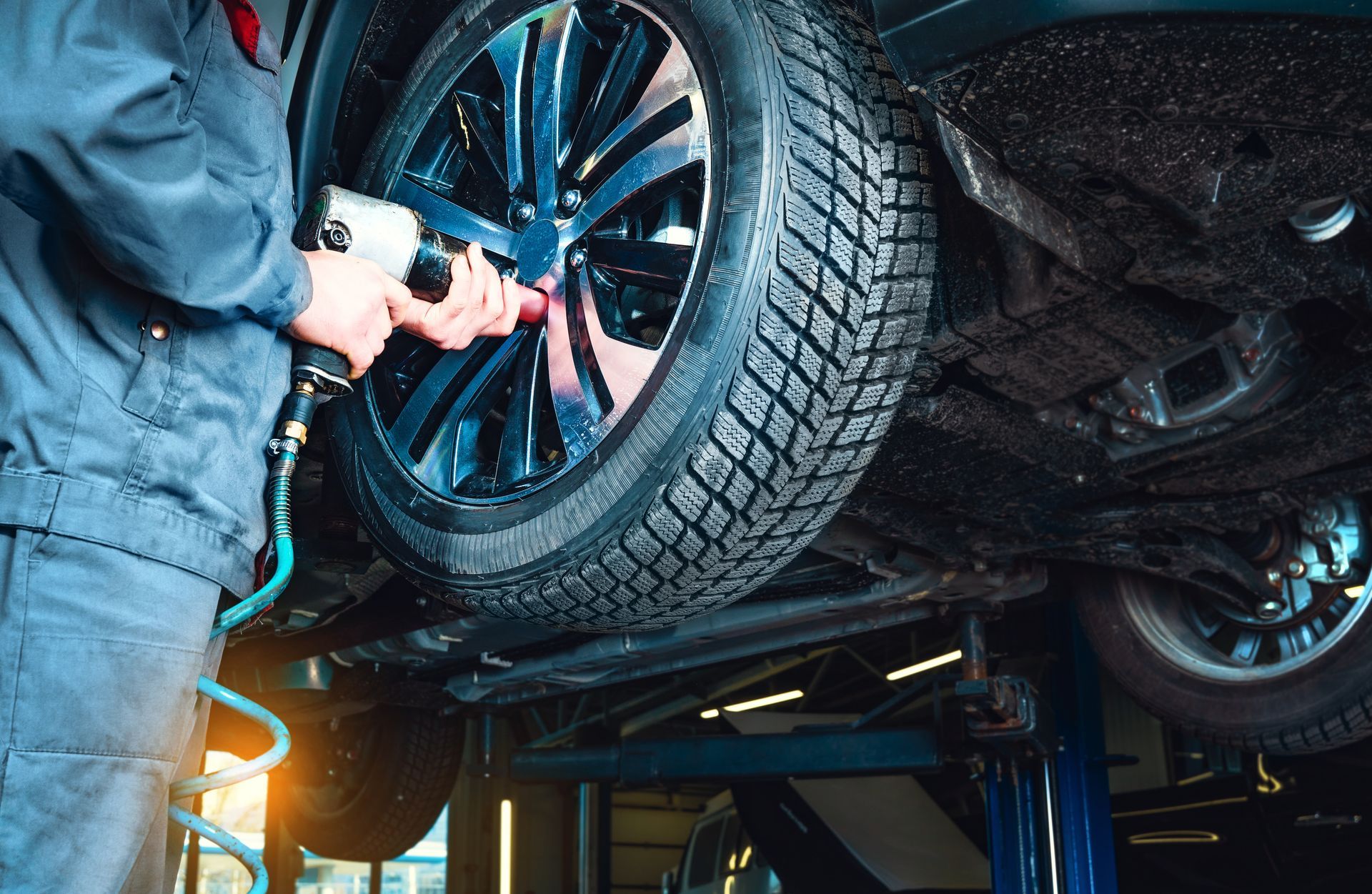When it comes to keeping your engine running smoothly, timing is everything. Two parts play a central role in managing engine timing: the timing chain and the timing belt. Although they serve the same basic purpose, they differ in how they’re built, how long they last, and how they should be maintained. Knowing the difference can help you make better decisions about your car’s care and avoid costly repairs.
Timing Belt / Chain
The timing belt or chain connects the crankshaft and the camshaft. These two components must stay synchronized so that the engine's valves open and close at the right moment. If this timing gets thrown off, even by a little, it can lead to performance problems or, in some cases, serious engine damage.
What Is a Timing Belt
A timing belt is made from reinforced rubber and is usually found in many small to mid-size vehicles. It runs quietly and efficiently but needs to be replaced at regular intervals. Most timing belts should be replaced between 60,000 and 100,000 miles. If a belt breaks while the engine is running, the internal parts can collide and cause major damage.
The good news is that belt replacement is predictable and usually part of scheduled maintenance. If done on time, it helps your engine stay in good shape for the long haul.
What Is a Timing Chain?
A timing chain is made of metal and works similarly to a bicycle chain. It is typically found in larger vehicles or higher-performance engines. Chains are more durable than belts and are often designed to last much longer, sometimes the lifetime of the engine.
However, timing chains are not maintenance-free. They rely on clean, well-lubricated oil to function properly. If the oil gets dirty or runs low, the chain can stretch or wear out. You might hear a rattling noise on startup or experience poor engine performance if the chain begins to fail.
Main Differences Between Chains and Belts
- Material: Belts are rubber, while chains are metal.
- Durability: Belts need regular replacement, chains are longer-lasting but still require care.
- Noise: Chains tend to be louder. Belts are quieter during operation.
- Maintenance Costs: Belt service is usually less expensive than chain repair.
Signs Your Timing System Needs Attention
Whether your vehicle uses a belt or a chain, some symptoms point to trouble with timing components:
- Ticking or rattling noise from the front of the engine
- Check engine light coming on
- Loss of power or engine hesitation
- Engine misfires or rough idling
If you notice any of these issues, don’t ignore them. They may signal a problem with the timing system that should be addressed before it causes further damage.
Do All Cars Use the Same Type
No. The type of timing system varies between models, and even among different engines from the same manufacturer. Some vehicles use timing belts, others use chains. The best way to find out what your car uses is by checking the owner's manual or asking a technician.
Keep in mind that even though timing chains tend to last longer, they still benefit from proper oil changes and regular inspections.
Why Preventive Care Makes a Difference
Ignoring timing belt or chain maintenance can lead to major repairs. A failed belt can leave you stuck on the side of the road. A stretched chain can throw off the timing and damage internal parts. Keeping up with basic maintenance like oil changes, inspections, and scheduled replacements protects your engine and saves money over time.
Timing System Help from Forthright Auto Repair in Albuquerque, NM
If you’re unsure whether your car has a belt or a chain, or if you think there might be an issue, stop by Forthright Auto Repair in Albuquerque. Our experienced technicians can check your timing components, listen for early signs of trouble, and keep your engine running smoothly.
Call us or schedule a visit today for peace of mind on the road.

